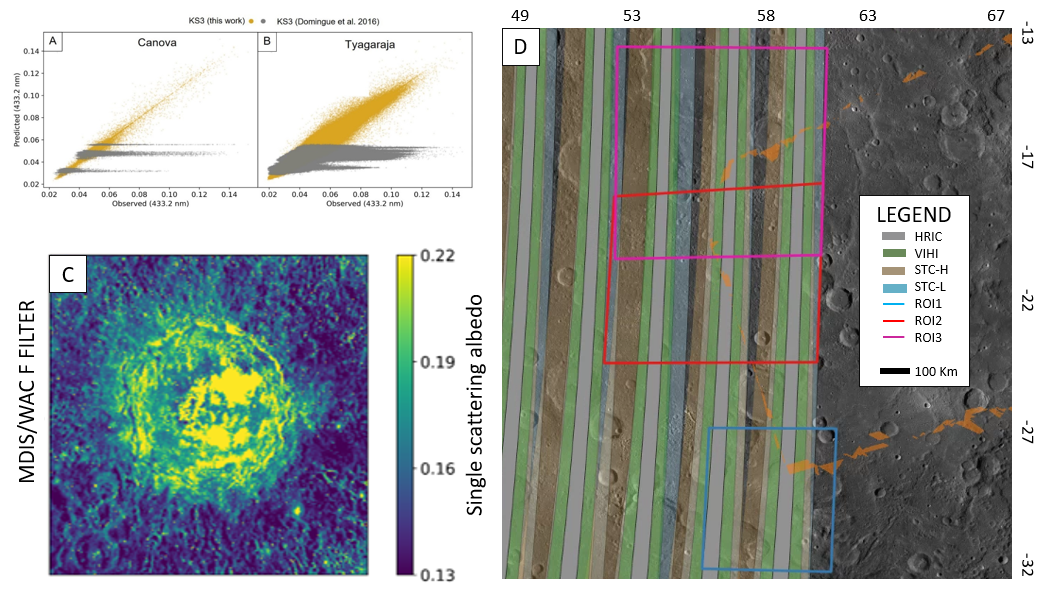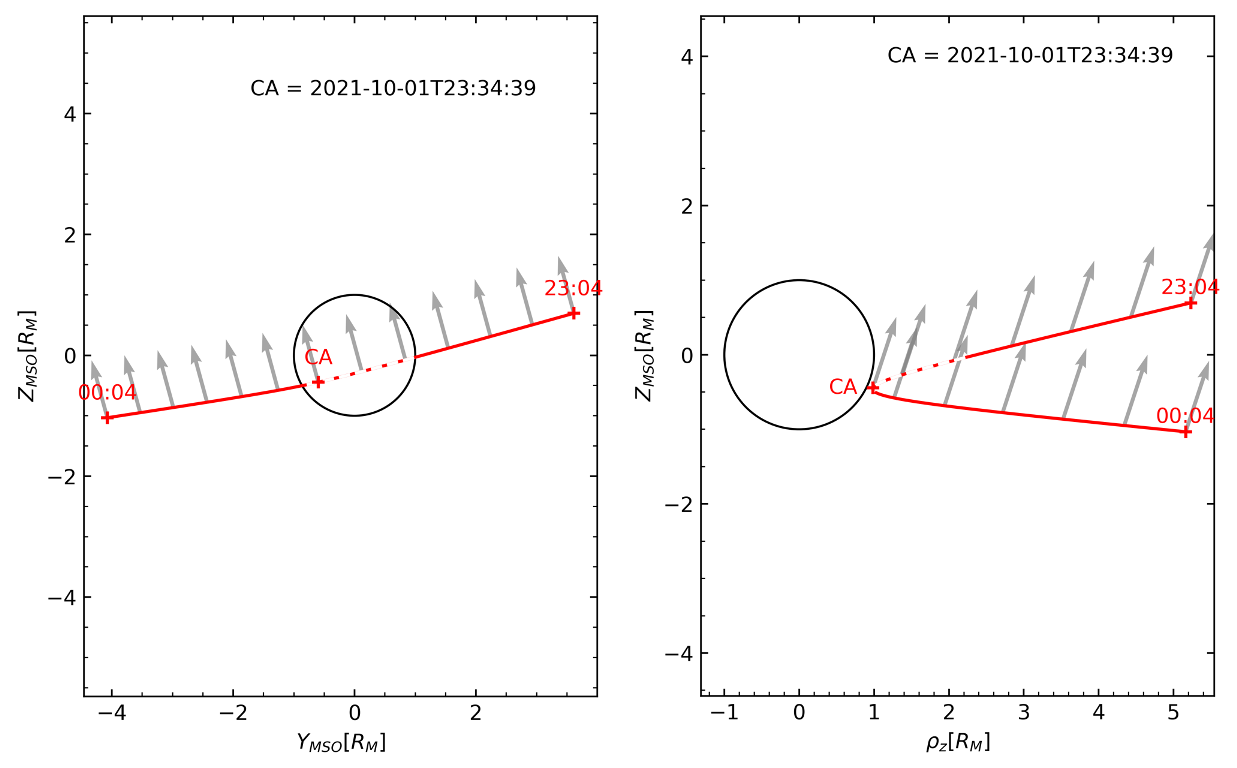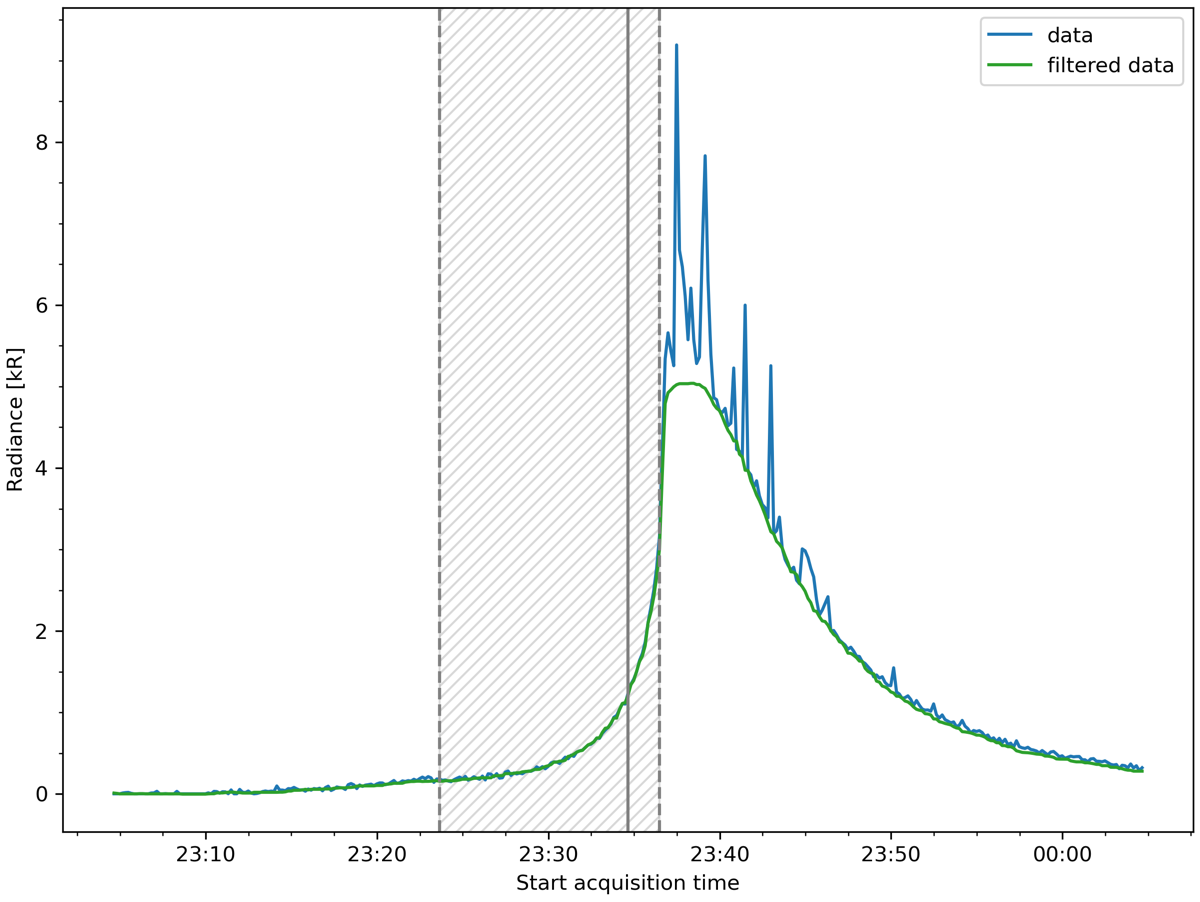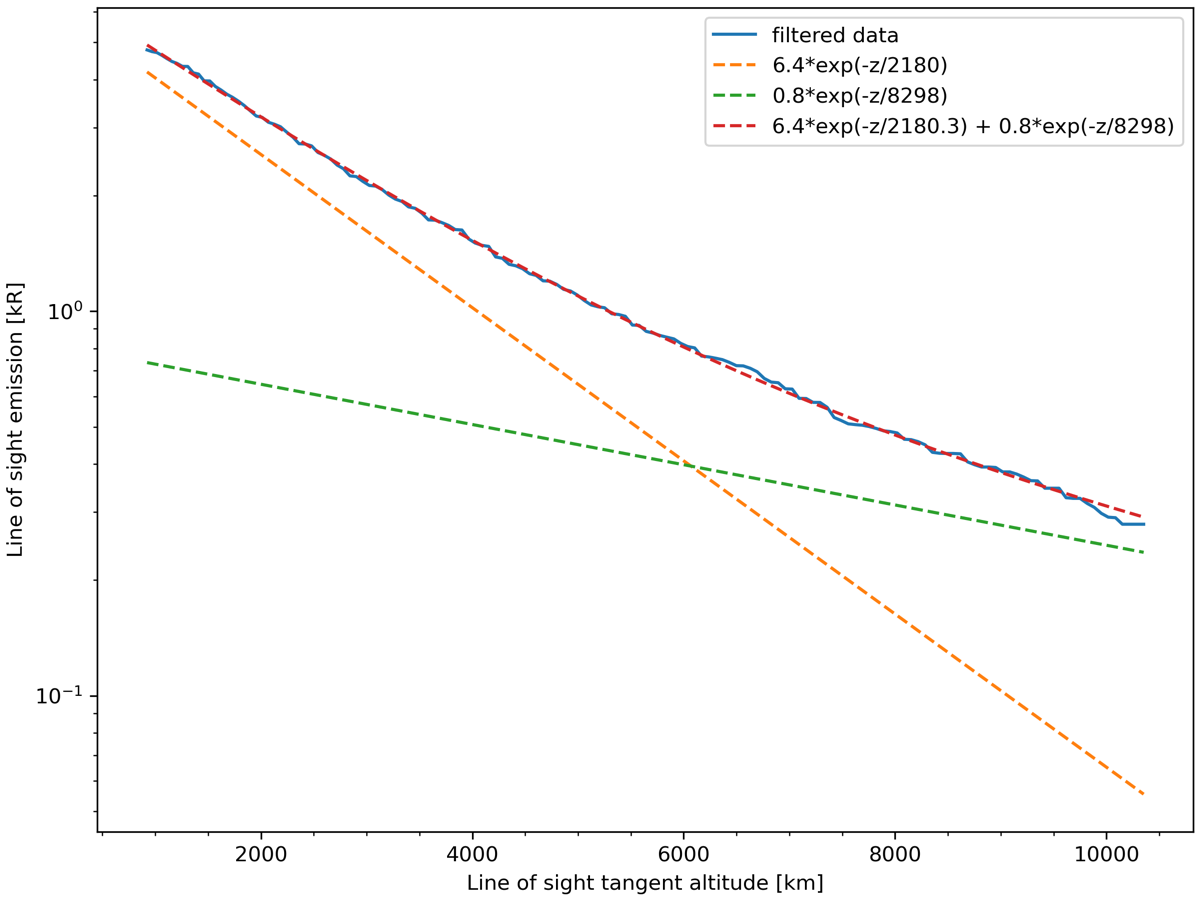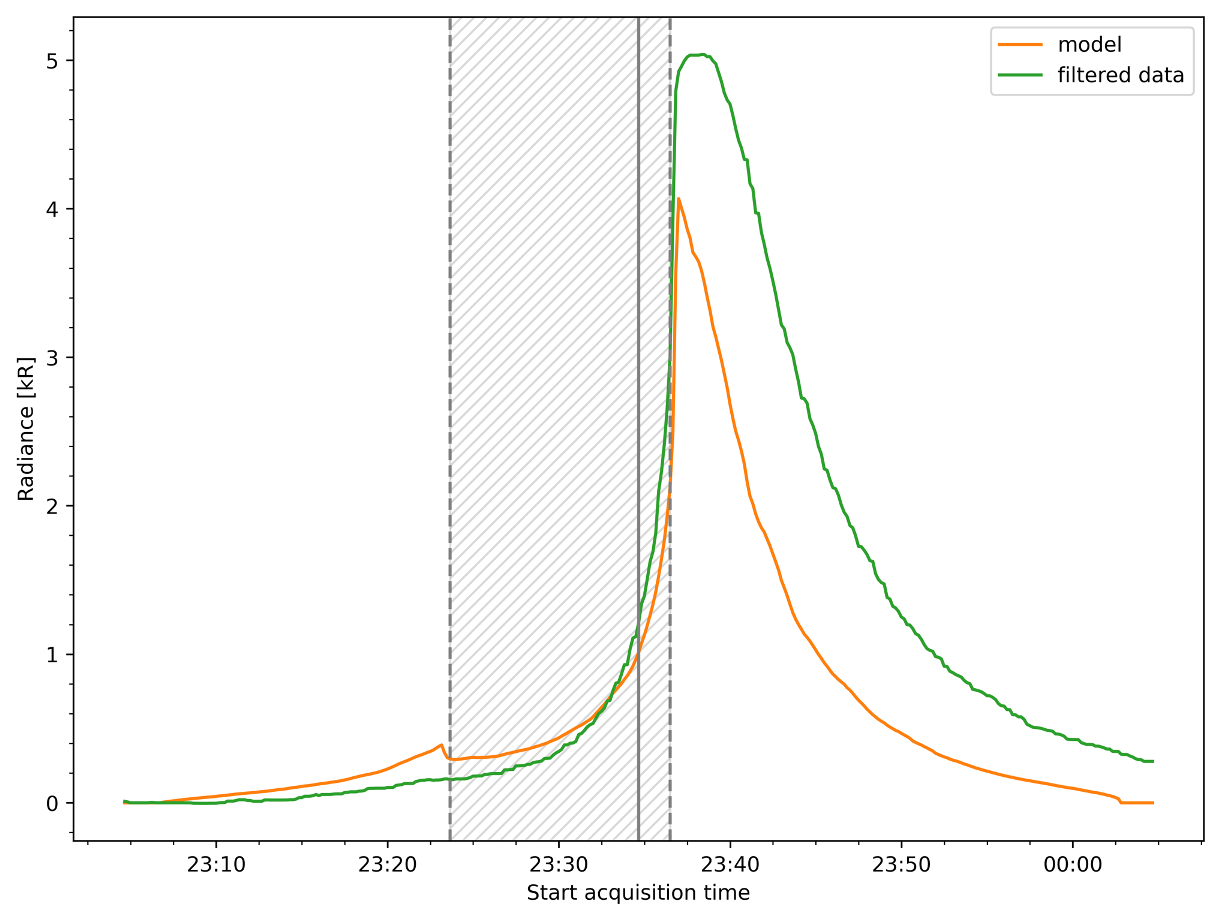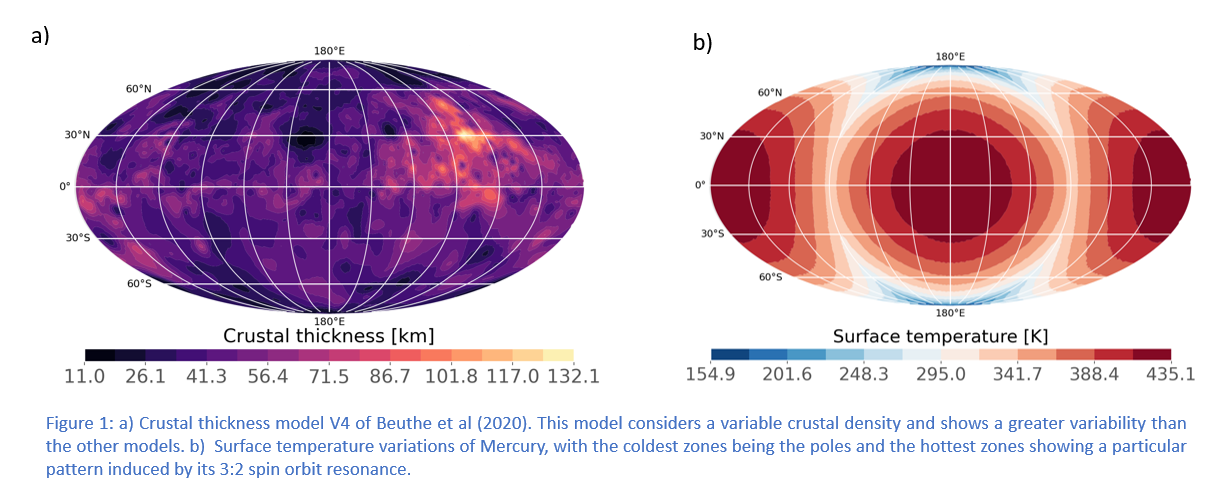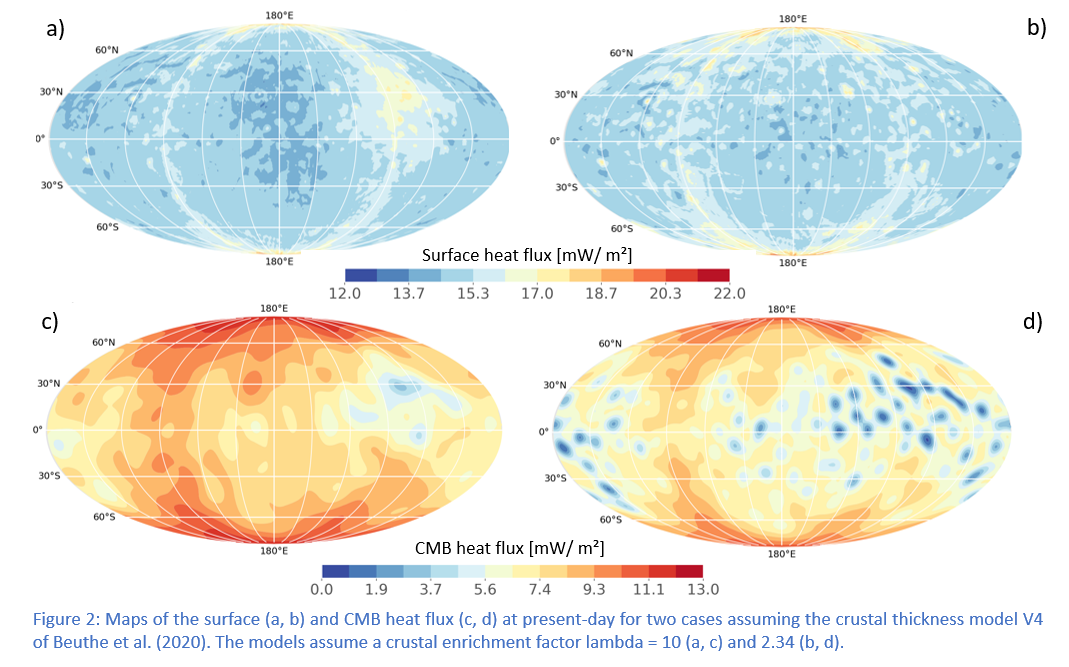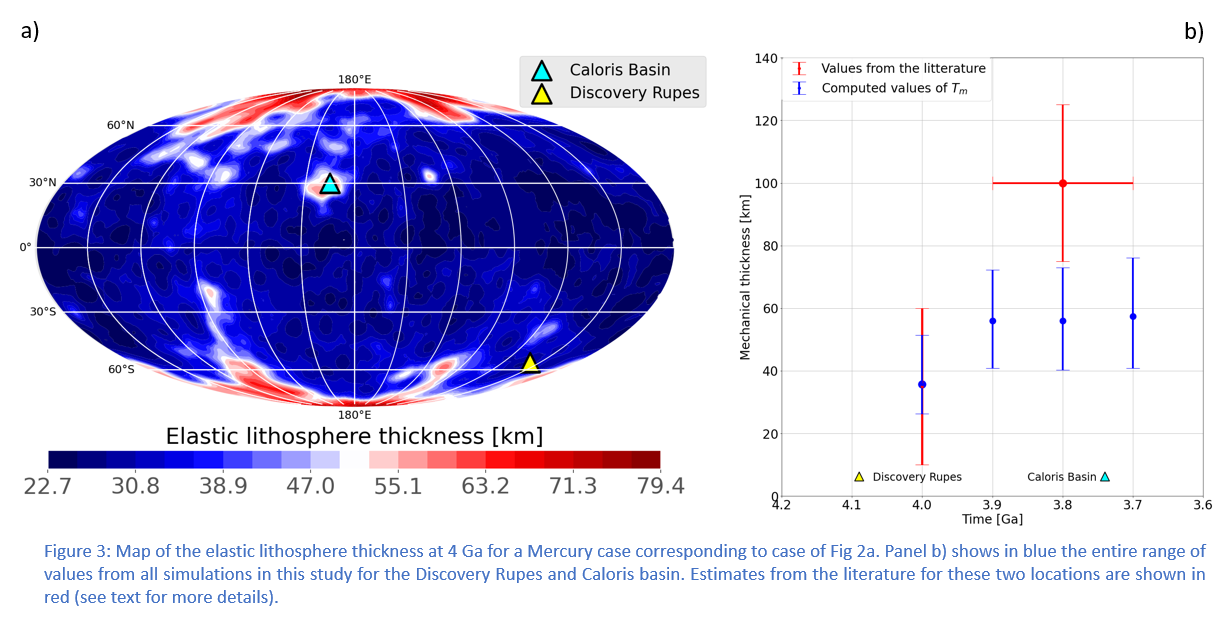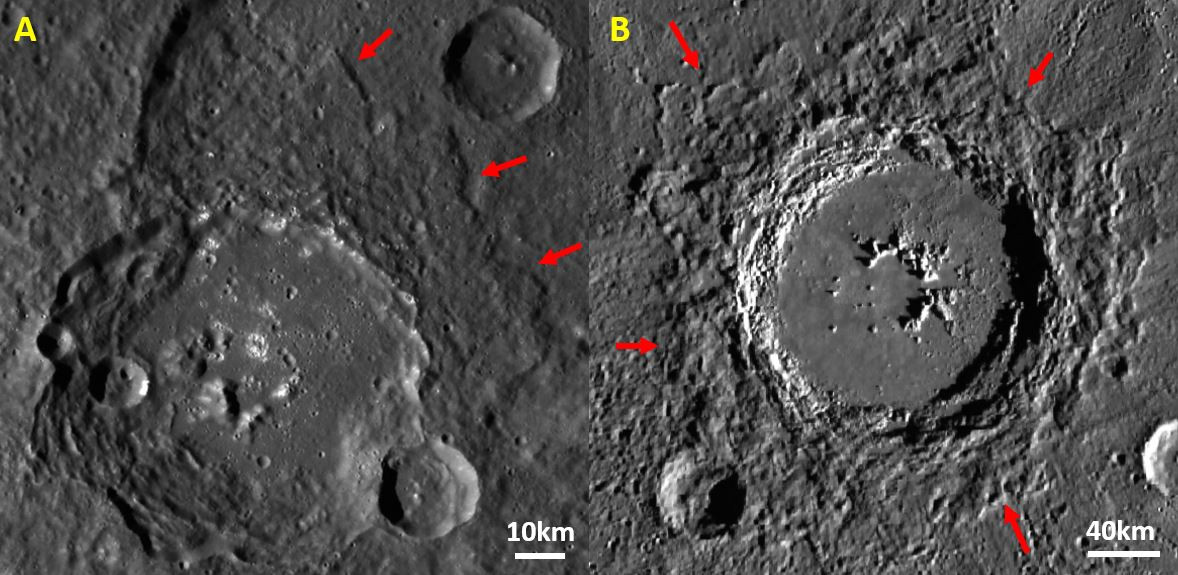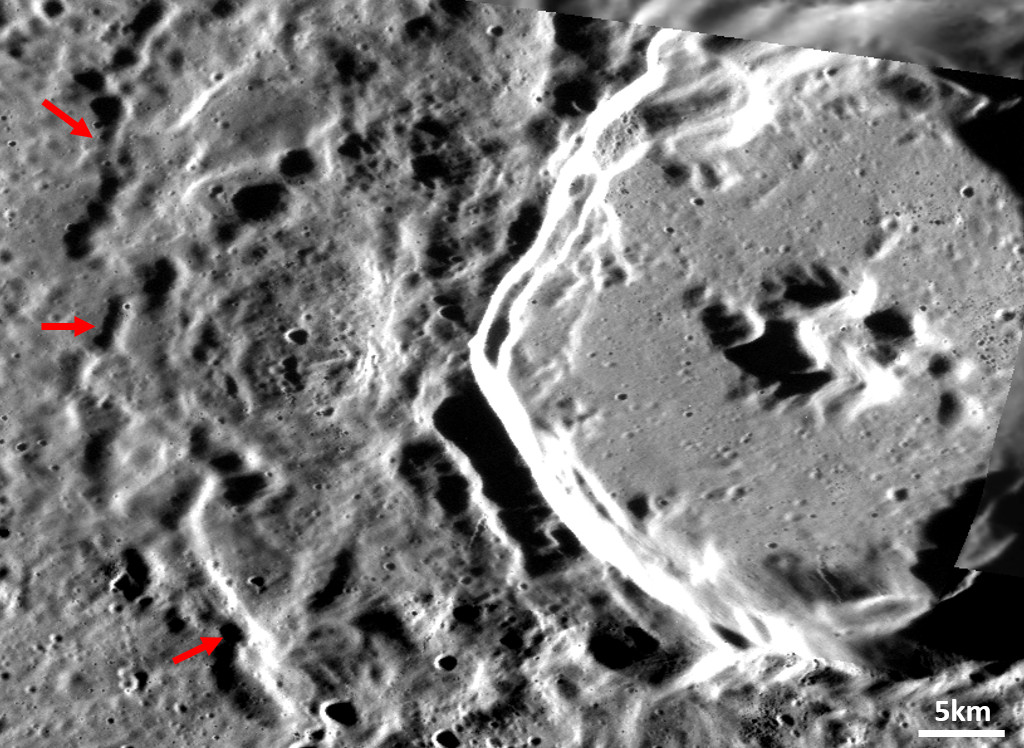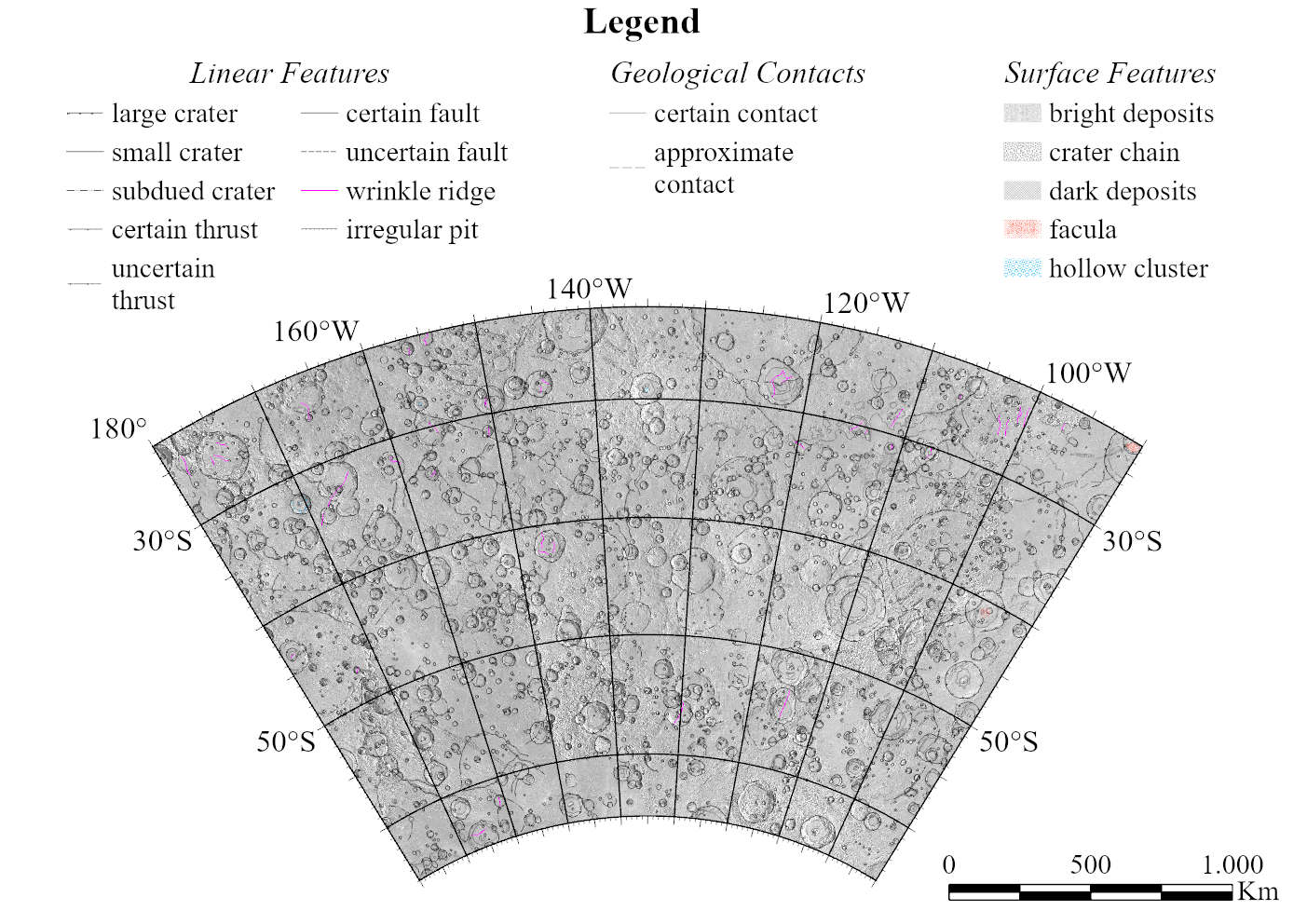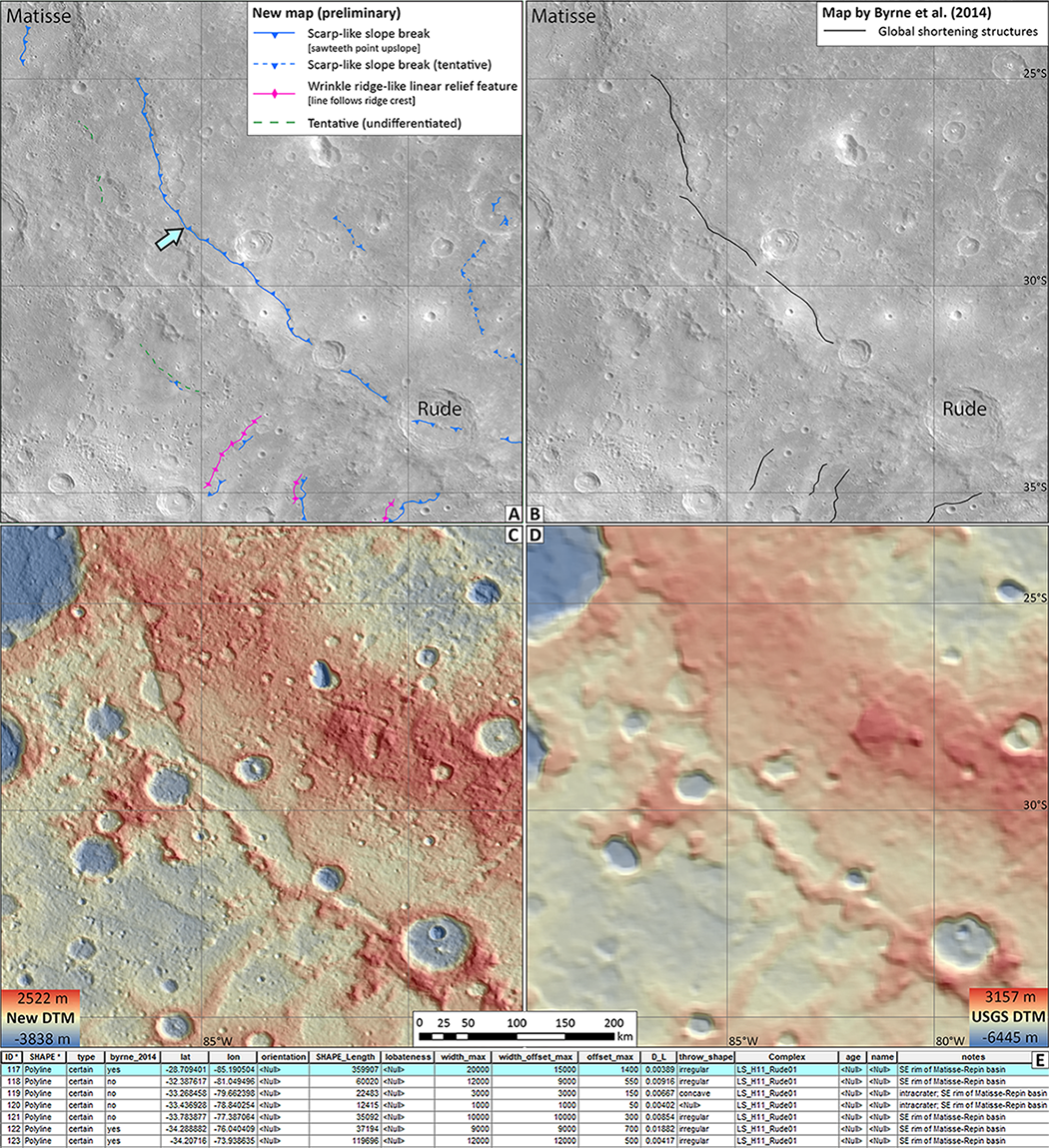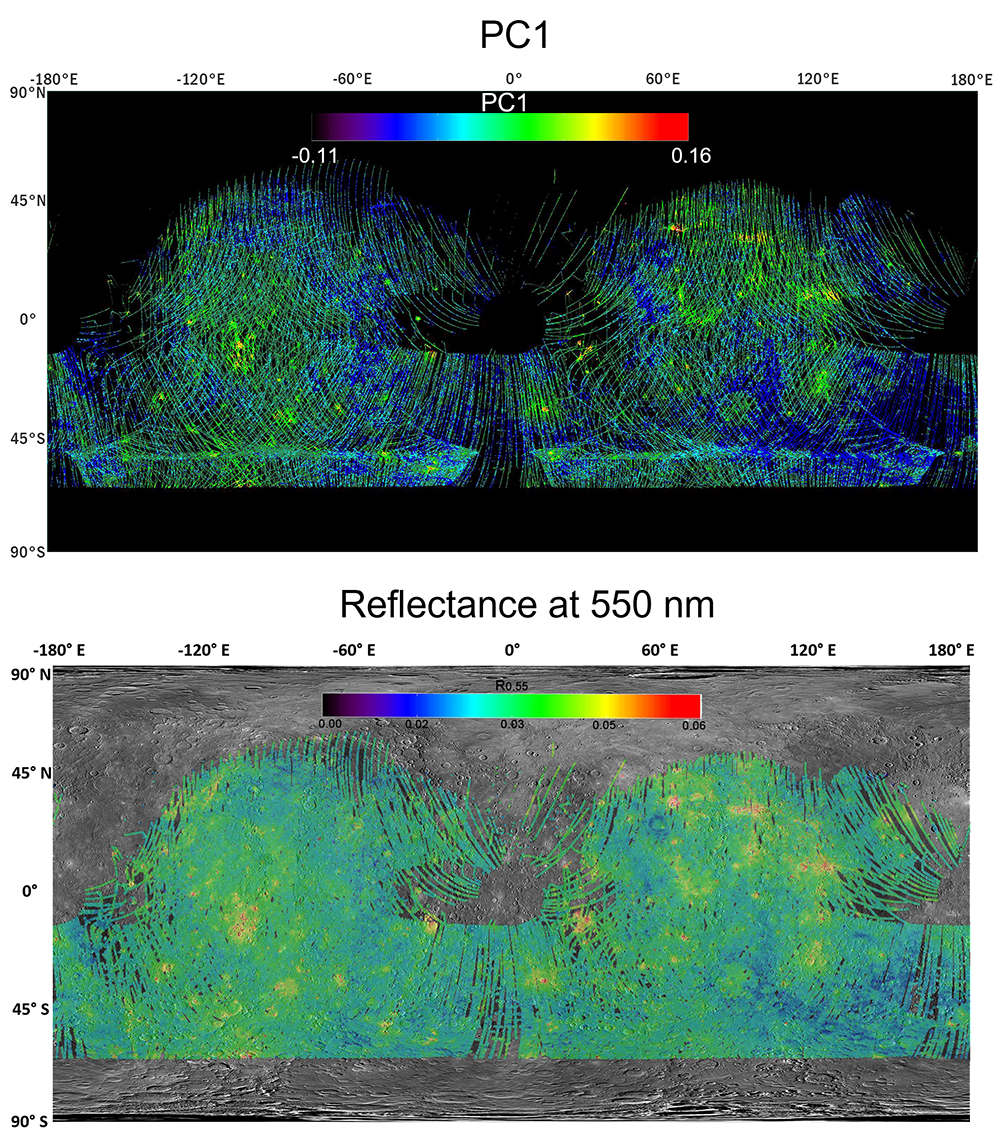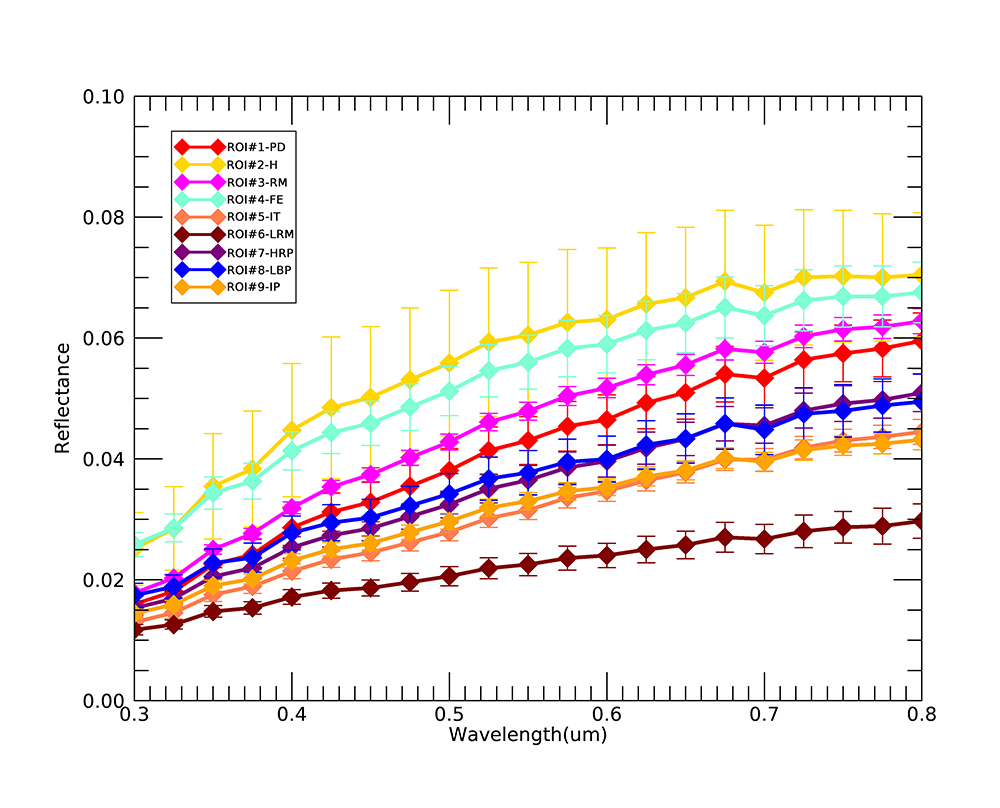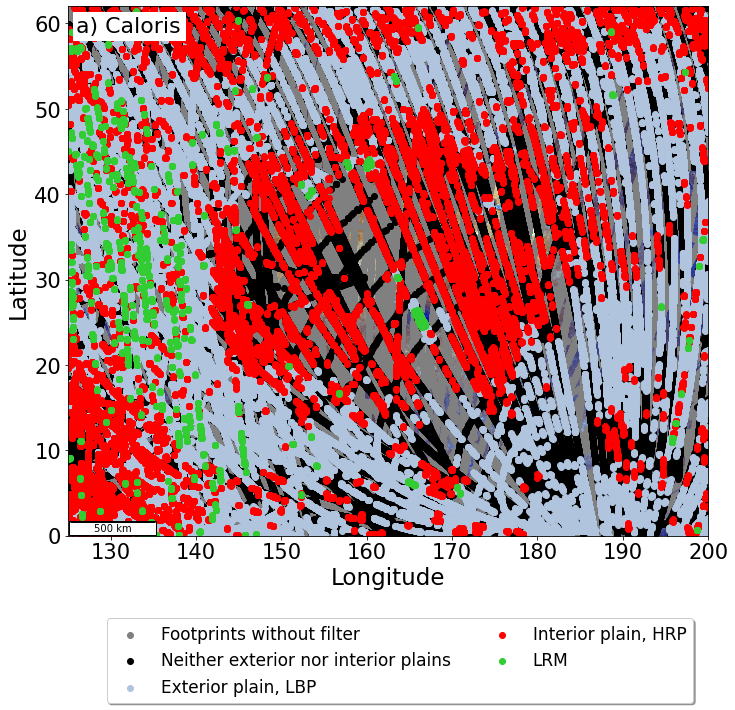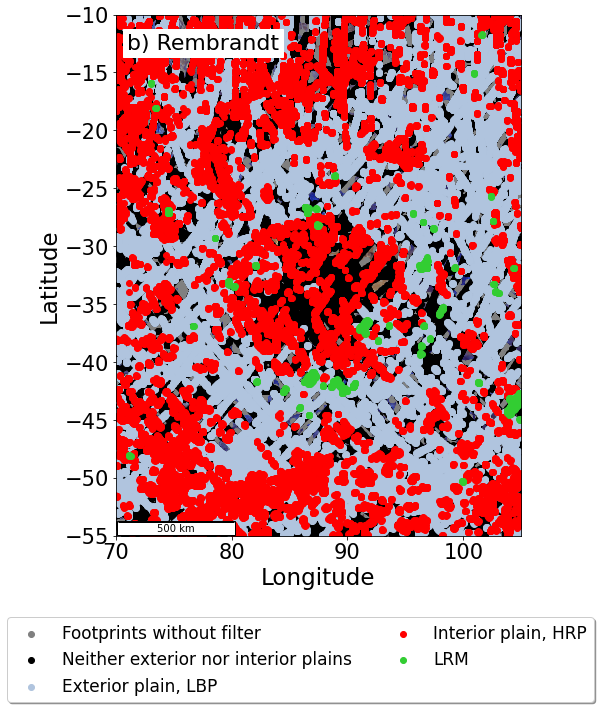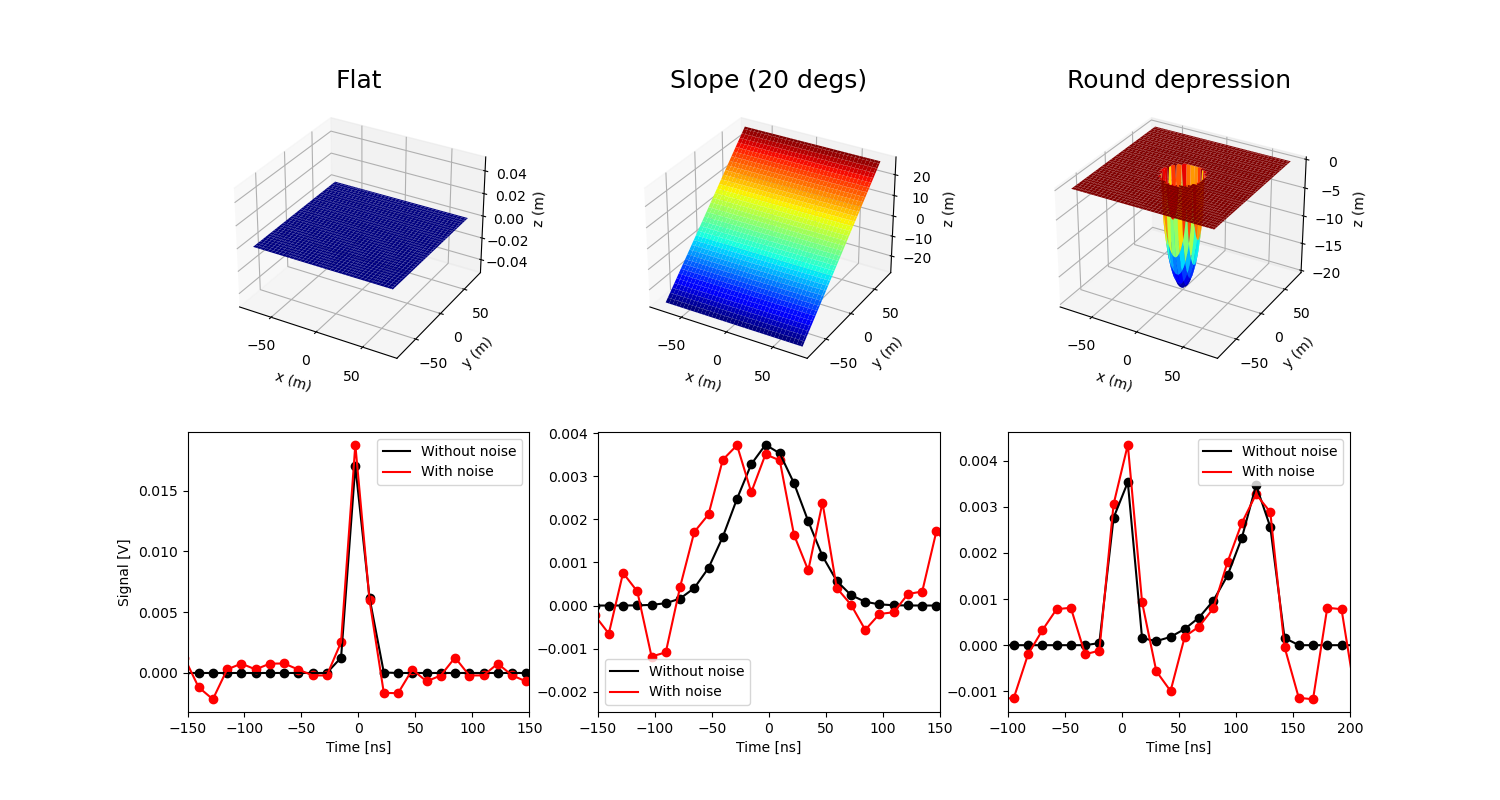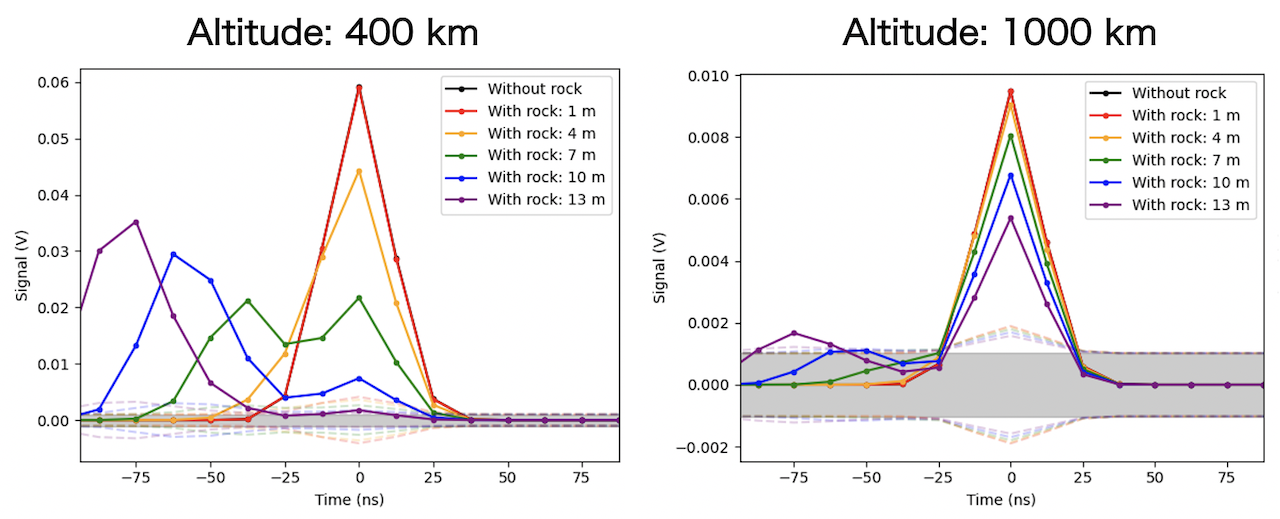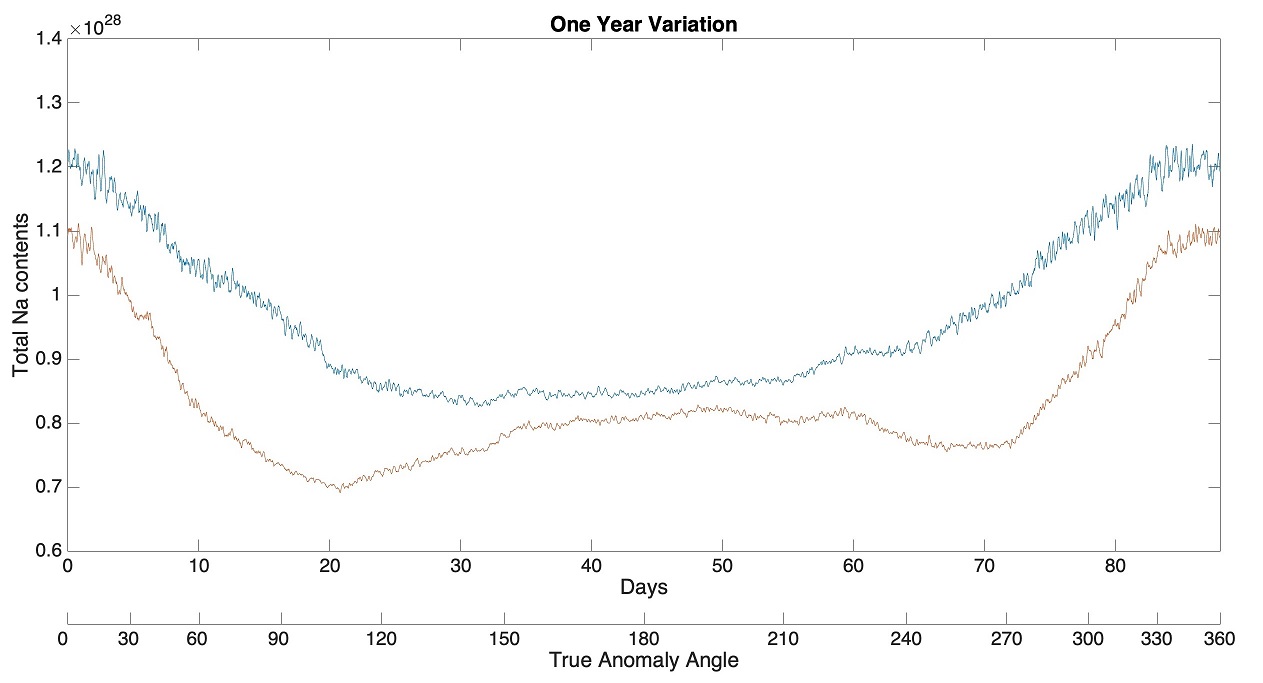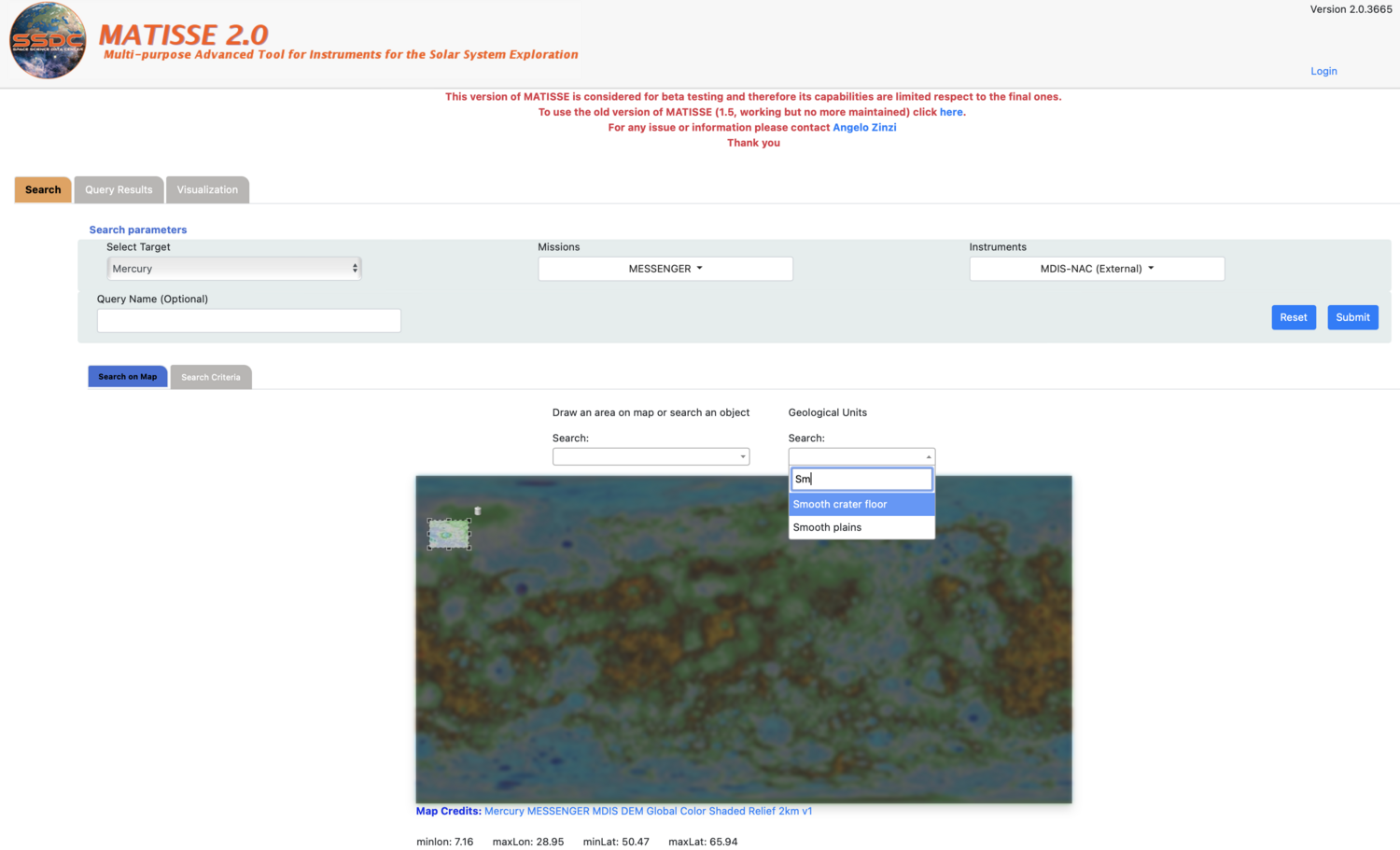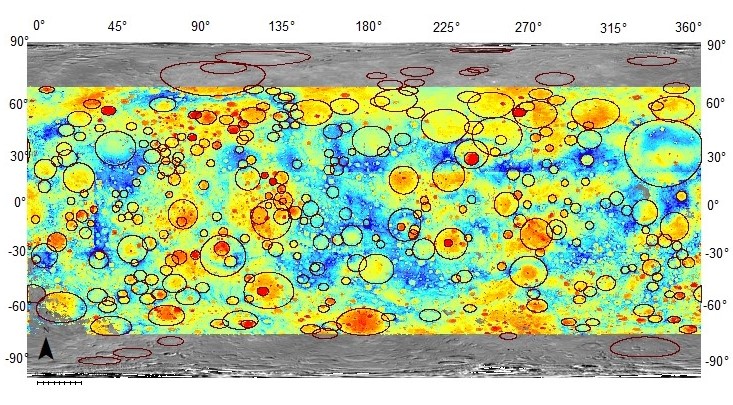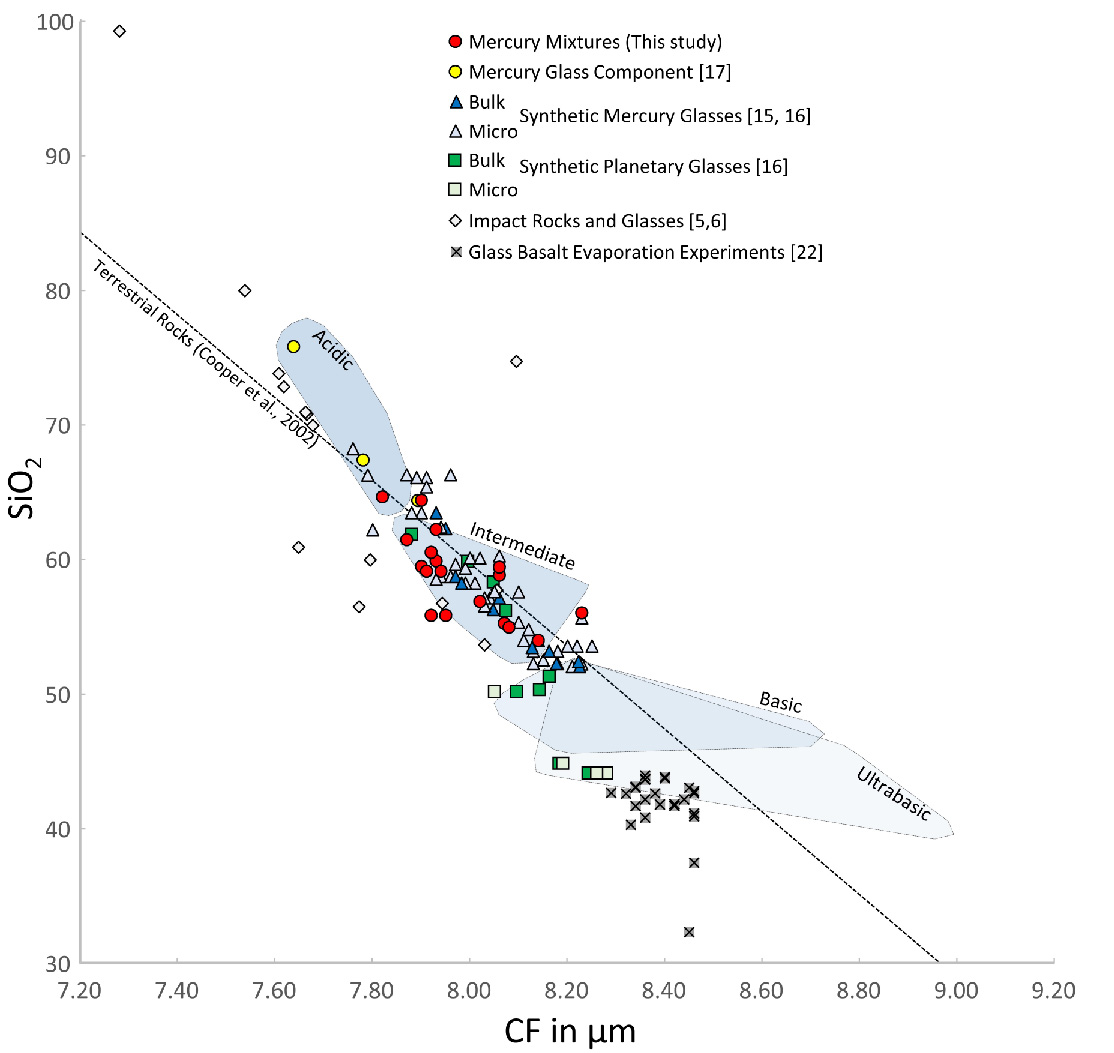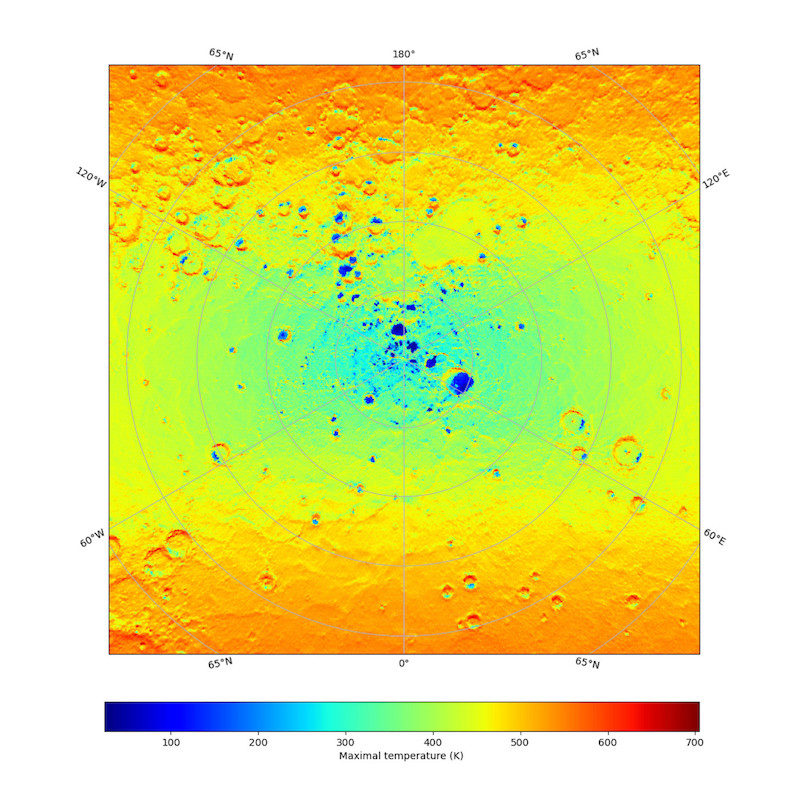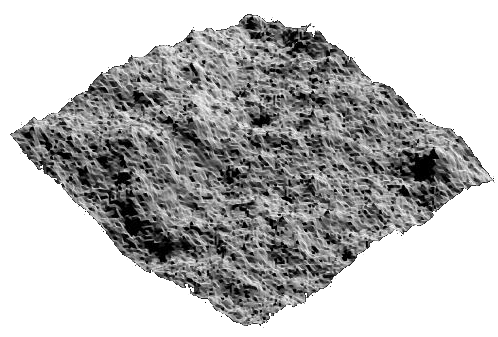TP1
Mercury Science and Exploration
Co-organized by MITM
Convener:
Jack Wright
|
Co-conveners:
Joe Zender,
Johannes Benkhoff,
Go Murakami,
Lina Hadid,
Noah Jäggi,
Beatriz Sanchez-Cano,
Willi Exner,
Joana S. Oliveira,
Alice Lucchetti,
Anna Milillo,
Valeria Mangano
Session assets
Discussion on Slack
Orals: Mon, 19 Sep, 10:00–18:30 | Room Machado
Chairpersons: Joana S. Oliveira, Joe Zender
BepiColombo
10:35–10:45
|
EPSC2022-123
|
ECP
10:45–10:55
|
EPSC2022-264
|
ECP
Interior
10:55–11:10
|
EPSC2022-1250
|
ECP
|
solicited
|
MI
11:10–11:20
|
EPSC2022-829
|
ECP
Coffee break
Chairpersons: Jack Wright, Sebastien Besse
Surface
15:30–15:50
|
EPSC2022-1239
|
ECP
|
solicited
|
MI
15:50–16:00
|
EPSC2022-728
|
ECP
16:00–16:10
|
EPSC2022-811
|
ECP
16:10–16:20
|
EPSC2022-278
|
ECP
16:20–16:30
|
EPSC2022-199
|
ECP
16:30–16:40
|
EPSC2022-319
|
ECP
Coffee break
Chairpersons: Lina Hadid, Anna Milillo
Planetary Environment
17:30–17:40
|
EPSC2022-849
|
ECP
17:40–17:50
|
EPSC2022-125
|
ECP
18:00–18:10
|
EPSC2022-225
|
ECP
18:10–18:20
|
EPSC2022-848
|
ECP
Posters: Mon, 19 Sep, 18:45–20:15 | Poster area Level 1
The BepiColombo Mission to Mercury
L1.4
|
EPSC2022-865
Energetic Neutral Atom imaging at Mercury by MPPE/ENA on Mio: Instrument status and preliminary results from the initial operations
(withdrawn)
L1.5
|
EPSC2022-339
Measuring Mercury Exosphere with the Mass Spectrometer Strofio
(withdrawn)
L1.6
|
EPSC2022-368
|
ECP
Mercury's Planetary Environment
Mercury's Interior
L1.8
|
EPSC2022-934
|
ECP
L1.9
|
EPSC2022-996
|
ECP
Mercury's Surface
L1.11
|
EPSC2022-624
|
ECP
L1.14
|
EPSC2022-889
Mercury’s surface automated surface mapping via unsupervised classification of MESSENGER multi-instrument data.
(withdrawn)
